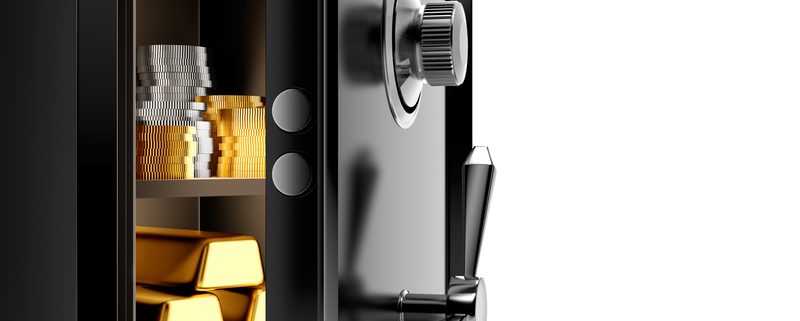What Precious Metals are Allowed Within a Self-Directed IRA?
If you are familiar with the concept of a Self-Directed IRA, then you already know that some people use these accounts to invest in precious metals. Some people call them “Gold” or “Silver” IRAs. But the truth is, these are not unique account types. In fact, an IRA that holds Gold or Silver is like any other IRA allowed by the IRS. However, the way you choose to administer the IRA is different. And that means more responsibility in your hands.
The good news: it means that you can use a Self-Directed IRA to diversify your retirement assets, if you so choose. And many people choose to do just that. One popular way is, yes, to invest in precious metals like gold and silver. But what precious metals are allowed within a Self-Directed IRA, and are there any specific limitations on how you can store these metals? Here is what you will need to know.
The Types of Metals You Can Use Within a Self-Directed IRA
When you have a Self-Directed IRA, you can use it to invest in a wide variety of assets. That includes different asset classes outside of the stock market, such as real estate and precious metals. But let us zoom in. Which specific precious metals are the ones that will count within a Self-Directed IRA?
When you are talking about precious metals, you are generally talking about at least one of the following:
- Gold
- Silver
- Platinum
- Palladium
For investing purposes, people tend to turn to gold and silver. But you will not be limited to them. You can indeed use a Self-Directed IRA to invest in any one of those metals—provided that you meet the other requirements of precious metals investing through a retirement account.
Rules to Remember as You Invest in Precious Metals
So now that you know what precious metals you can hold in an IRA, that is it, right? You simply have to get a bag, fill it up with precious metals, and you’ve got a retirement account?
Not so fast. There are specific rules for investing in precious metals with a Self-Directed IRA. An IRA is, after all, a tax-advantaged account. And if you want to make sure that these investments count as retirement property and not personal property, you will have to know those rules. Here are a few things to consider:
- You need to store the metals not with you, but in an insured, approved depository. This means that the metals you hold personally in your safe cannot have the same tax protection as metals held within an IRA.
- The depository you use will likely charge you a fee for storing said metals.
- You will have to limit your investments to specific types of metals, such as purity. For example, as we note on our precious metals page, “Gold bars hallmarked by a NYMEX- or COMEX-approved refiner/assayer with a purity of 24 karat (0.995+ fineness) and be hallmarked by a NYMEX- or COMEX-approved refiner/assayer.” There are similar rules for other types of precious metals.
When working with a Self-Directed IRA administration firm, however, you will find that the paperwork for investing in precious metals does not have to be so scary. In fact, it can be more intuitive than you thought. But it is important to know the rules before you go too far down one road and have the wrong expectations as to what a “Gold IRA” really means.
Interested in learning more about Self-Directed IRAs? Contact American IRA, LLC at 866-7500-IRA (472) for a free consultation. Download our free guides or visit us online at www.AmericanIRA.com.







